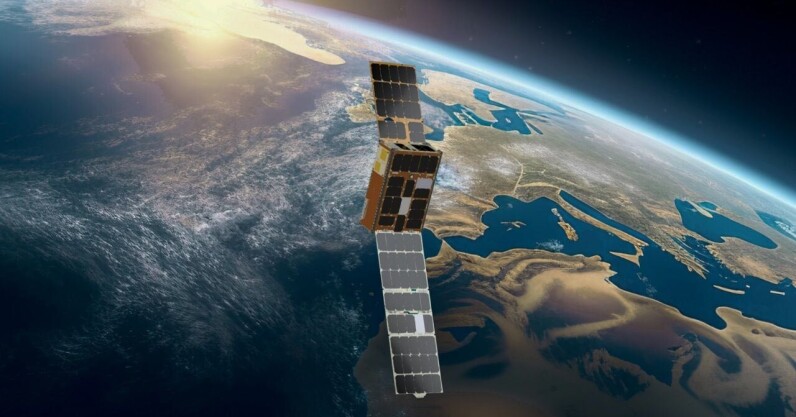Reading List
The most recent articles from a list of feeds I subscribe to.
A satellite just used AI to make its own decisions in space — and NASA’s stoked

For the first time, a satellite has used onboard AI to autonomously decide where and when to capture a scientific image — all in under 90 seconds, with no human input. The technology, called Dynamic Targeting, was tested by NASA’s Jet Propulsion Laboratory (JPL) earlier this month. It was installed aboard a briefcase-sized satellite built and operated by UK-based startup Open Cosmos, and carried a machine learning processor developed by Dublin-based firm Ubotica. In the test, the satellite tilted forward to scan 500km ahead of its orbit and snapped a preview image. Ubotica’s AI quickly analysed the scene to check…
This story continues at The Next Web
Or just read more coverage about: NASA
Swiss startup says its AI weather forecaster beats Microsoft, Google

Swiss startup Jua has launched an AI weather model it says outperforms leading systems from tech giants — potentially making it the most accurate forecaster in the world. Jua claims its model — dubbed EPT-2 — is faster and more accurate than both Microsoft’s Aurora and Google DeepMind’s Graphcast. In separate, peer-reviewed studies, both of those models were shown to be more accurate than the European Centre for Medium-Range Weather Forecasts (ECMWF)’s ENS forecast, widely regarded as the world leader. Jua backs up its bold claims with a new report, published today, that puts EPT-2 head-to-head with top-tier models — including…
This story continues at The Next Web
Or just read more coverage about: Google
Vibe coding platform Lovable becomes fastest-growing software startup ever

Swedish AI startup Lovable says it has surpassed $100mn in annual recurring revenue (ARR) just eight months after launch. This makes it the fastest-ever software company to reach the milestone — eclipsing the historically rapid growth rates of companies such as Cursor and Wiz. Lovable’s rise stems from the popularity of its generative AI platform. The system allows non-technical users to build apps or websites based on simple text prompts. The platform is the brainchild of Anton Osika, who co-founded Lovable in 2023. “I decided what we needed to do is build for the 99% who do not create software,” he…
This story continues at The Next Web
Spotify’s AI songs from dead artists spark fresh outrage over exploitation

Spotify has been hit with another AI controversy after publishing computer-generated songs under the names of dead musicians. An investigation by 404 Media found that Spotify is releasing AI-generated songs on the pages of deceased artists — without approval from their estates or labels. One such track, “Together,” recently appeared on the official page of Blake Foley, a country singer who was murdered in 1989. The song sounds vaguely similar to Foley’s style, but the accompanying image features a blonde, young man who looks nothing like him. 404 Media linked the track to a company account called Syntax Error, which…
This story continues at The Next Web
Or just read more coverage about: Spotify
Why navigating ongoing uncertainty requires living in the now, near, and next

As we move into the second half of 2025, the global tech ecosystem is navigating a heady mix of unpredictability and promise. Funding into newer tech firms remains complex, with Startup Genome reporting that while the Beijing, Los Angeles and Tokyo startup landscapes are seeing YoY growth, Paris is flat and the rest of the European ecosystem is in decline. Meanwhile, the technology landscape continues to evolve at an accelerating pace. As Deloitte’s 2025 Tech Trends report states: “technology optimisation and transformation have never been more important as innovation continues to fuel innovation.” This is creating a landscape where large…
This story continues at The Next Web